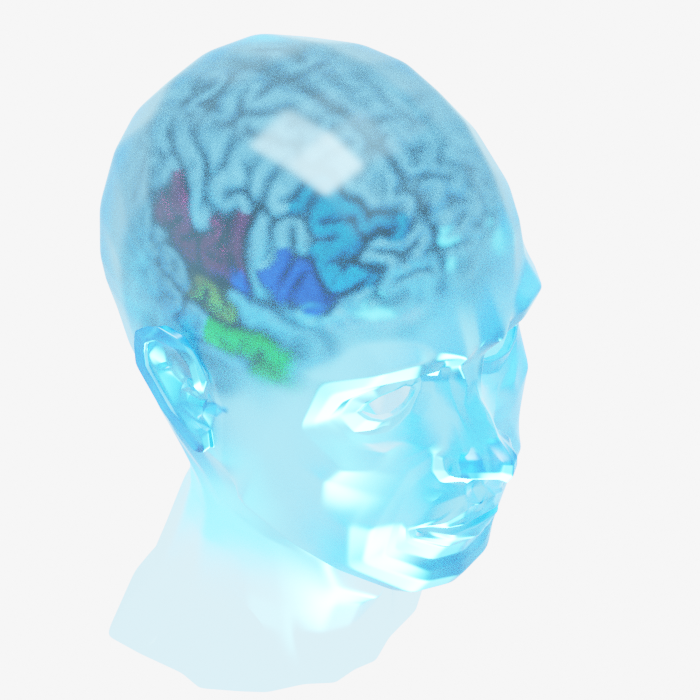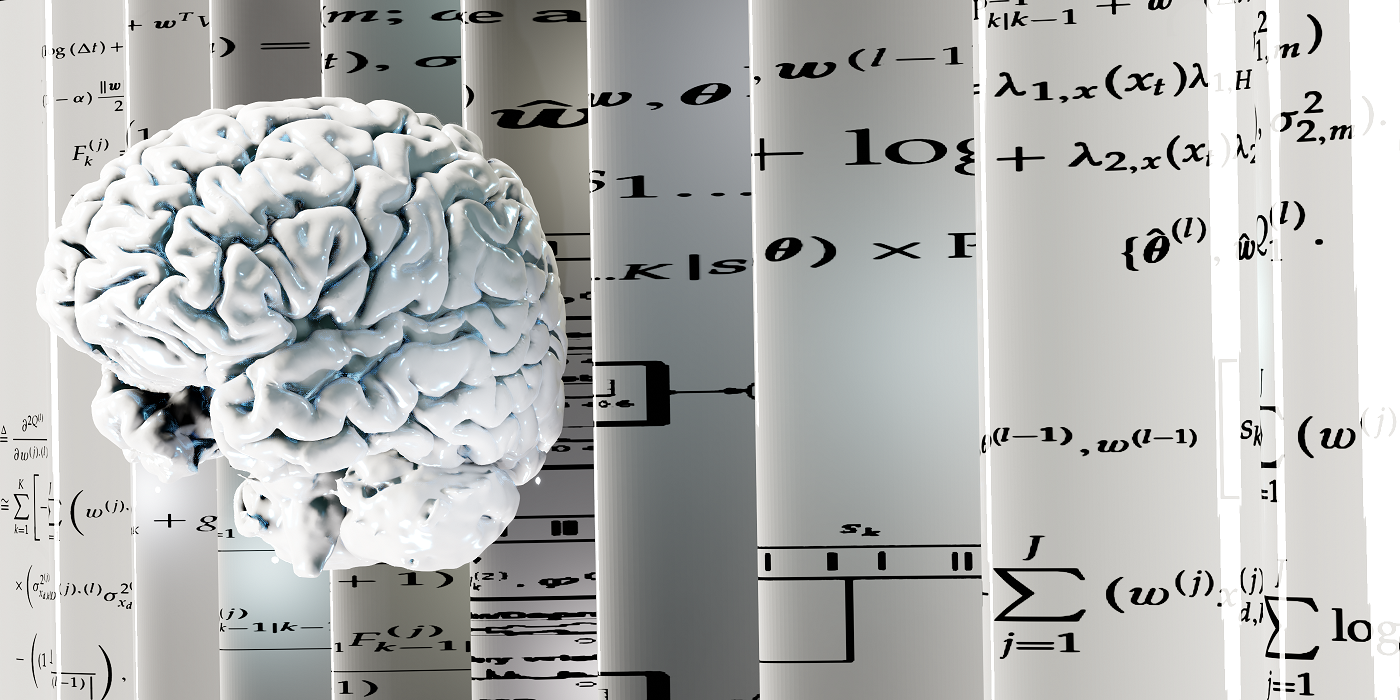
Understanding Human Cognition
We are also studying some of the basic mechanisms of how the brain works. We are particularly interested in a deeper knowledge of how language, emotion, auditory and memory processing occur. One of the ongoing studies focuses on directly decoding neural activity representing the semantic basis of language. Decoding semantic information directly would allow entire words or concepts to be generated in a more natural fashion and could lead to intuitive and efficient communication prostheses and interface systems.
Publications
Bick SK, Patel SR, Katnani HA, Peled N, Widge A, Cash SS, Eskandar EN. “Caudate stimulation enhances learning”, Brain. 2019 Oct 1;142(10):2930-2937. DOI: 10.1093/brain/awz254
Yousefi A, Basu I, Paulk AC, Peled N, Eskandar EN, Dougherty DD, Cash SS, Widge AS, Eden UT. “Decoding Hidden Cognitive States From Behavior and Physiology Using a Bayesian Approach”, Neural Comput. 2019 Sep;31(9):1751-1788. DOI: 10.1162/neco_a_01196
Widge AS, Zorowitz S, Basu I, Paulk AC, Cash SS, Eskandar EN, Deckersbach T, Miller EK, Dougherty DD. “Deep brain stimulation of the internal capsule enhances human cognitive control and prefrontal cortex function.” Nat Commun. (2019); PMC30948727.

Intent Decoder
Human thought is fluid and our intentions can change at any time. Although much has been learned about volition over the past few decades, it remains unclear how intentions are “sparked” in the brain. Since our understanding of cortical neurophysiology is largely based on studies that make use of stimulus-driven, time-locked experiments, we may be able to better capture the dynamics of high-level cognitive processes such as intent by using more naturalistic experimental paradigms.
In this project, the goal is to build a neural decoder for communicative intent. Our approach is to model intent as a hidden process whose dynamics can be inferred from spoken words. We then fit an intent decoder using neural recordings of the brain.
The outcomes of this work will have numerous applications, but one important example involves brain-computer interface (BCI) research. It is estimated that millions of people worldwide are unable to use verbal language to communicate due to strokes, traumatic brain injury, motor neuron diseases, and other neuromuscular diseases. Although specialized BCI devices have been developed to support sufferers of these conditions, the devices are slow and often difficult to use. Knowledge of how the brain encodes communicative intentions would, for instance, allow for the development of more responsive devices that can be primed for incoming user actions.
Publications
Vargas-Irwin CE, Feldman JM, King B, Simeral JD, Sorice BL, Oakley EM, Cash SS, Eskandar EN, Friehs GM, Hochberg LR, Donoghue JP. “Watch, Imagine, Attempt: Motor Cortex Single-Unit Activity Reveals Context-Dependent Movement Encoding in Humans With Tetraplegia.” Front Hum Neurosci. (2018); PMC30524258.
